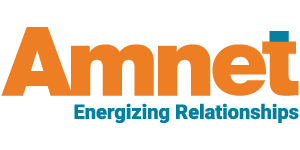Education publishers and educators must utilize a multi-pronged strategy to build a resilient, adaptive, and all-inclusive education system by harnessing and using technology to create accessible content for remote learning.
COVID-19 has transformed the old chalk–talk teaching model. All the education stakeholders are grappling with methods to augment and foster better learning experiences for all the students in these socially distant times.
With remote learning becoming the norm, enhanced accessibility for all, rapid digitization, and technological innovation is the need of the hour. These will be the constants in the publishing industry, and education publishers should evolve to survive in this new environment.
Need for accessibility
The ever-increasing impact of technology in education, demands the development of learning content to cater to learners of all kinds. The institutions and publishers have a moral and legal obligation to provide access to content, regardless of an individual’s ability or disability.
According to WHO, globally, at least 2.2 billion people have a vision impairment or blindness, which means such a massive number of students will not be able to access learning content if it is not accessible.
In both the United States and Europe, publishers must follow and comply with the ADA and WCAG standards as per the government norms. WCAG 2.0 and 2.1 delve into the approaches to make online content accessible for all users.
How Can Education Publishers Improve Content Accessibility?
Making accessible content is a multifaceted approach, where publishers need to leverage existing technologies and blend them with newer ones to create fully comprehensible content.
● Publishers should analyze and retrofit the existing content in compliance with WCAG protocols.
● Publishers can assist screen reads by utilizing a declarative table of contents or the index to create a navigation document.
● Alt text for graphs, diagrams, and images need to be provided
● There should be provision for closed captions and subtitles for audio, video, and media overlays coordinating text and audio.
● Accessibility features need to be communicated in the content’s metadata.
Publishers can leverage publishing service providers like Amnet to address accessibility issues, and standardize content across channels for inclusivity and broader reach. Amnet can help you create accessible digital content in compliance with accessibility regulations like WCAG 2.1, ADA, and Section 508.


